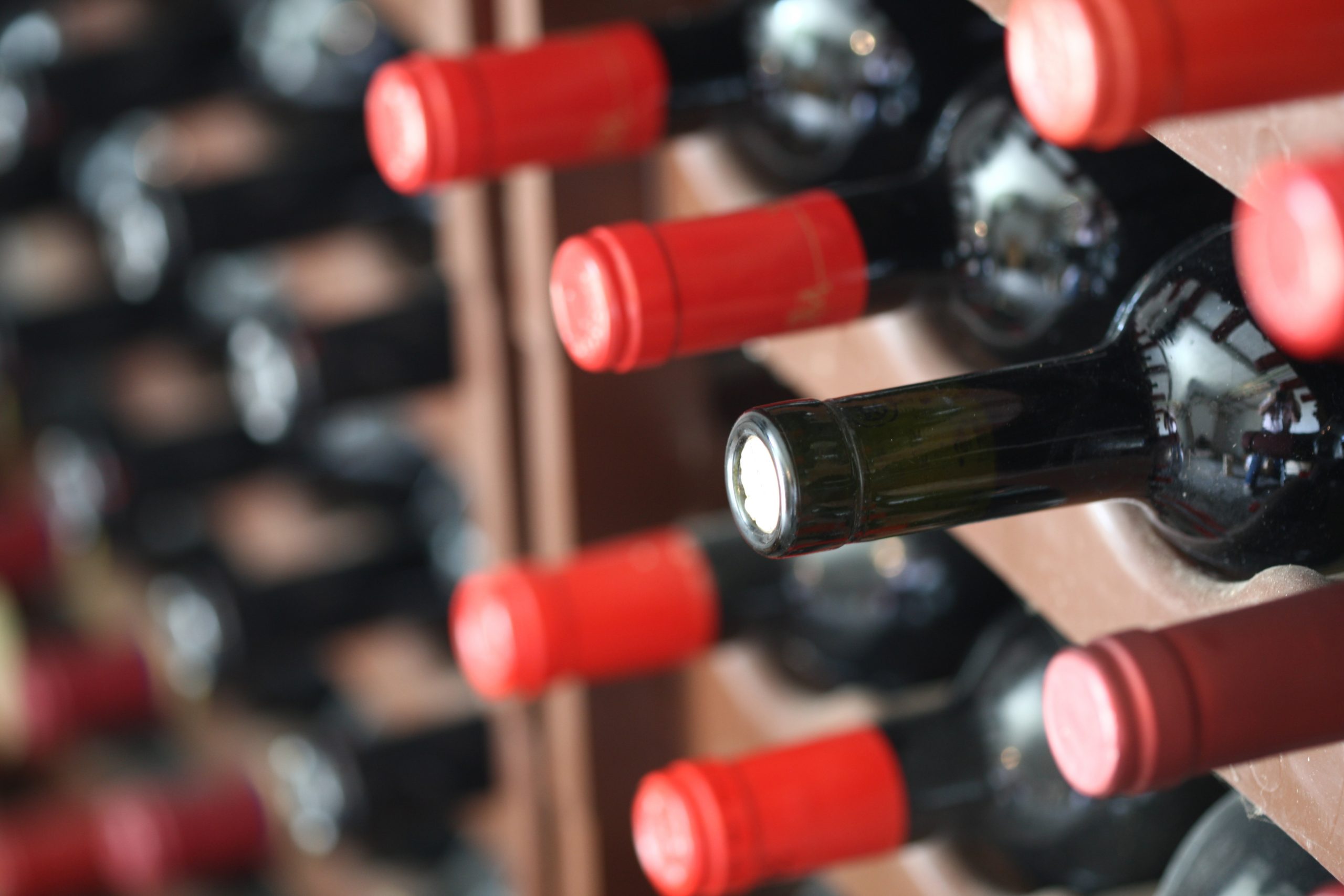


Experienced beverage directors and bar managers alike know how much a disorganized liquor room or wine cellar can gum up your operation. It means that your staff have to spend those precious extra minutes to find that wayward bottle you need on the floor. It means you have to spend those needless extra hours or even days making sure everything is in place when doing inventories and spot checks. But it doesn’t have to be that way.
Here’s some industry tips for optimizing your space and keeping your bottles organized:
An often missed opportunity for organization when considering your wine cellar is your own wine menu. You have already spent a lot of time figuring that out. Why not use that effort towards where your bottles are in your wine cellar? Carrie Nolan, a BevSpotter and former Beverage Manager for Barcelona Wine Bar, recommends to try using your wine menu as a wine cellar directory of sorts for your staff.
Your menu’s a great way to keep everyone on the same page as to where bottles can be found and should be stocked, even for those rookie barbacks. Wine menus are often ordered by varietal and the location of the winery. These provide great base lines of organization for your bar’s wine cellar.
Let’s face it, it can be easy for liquor rooms to devolve into pure disarray. There will always be a temptation to just throw bottles wherever they can fit on the shelf and call it a day, especially if you have to share the storage space with other supplies. But, cutting corners will just lead to a lot of headaches later like when your staff needs to find that a wayward bottle of Rittenhouse you need on the fly.
Keeping your shelves ordered and consistently labeled can keep that bottle where it needs to be. A common practice in liquor rooms is organizing by base liquor. You will also want to keep categorized items together (e.g. bitters, vermouth, sherry, sangria ingredients). And if you need to move things to make room on shelves for other supplies, make sure you and your staff are doing the due diligence and shift things over in full rather than moving a few bottles here and there.
With a more organized storage space for your wine and/or liquor, it can unlock a lot of increased efficiency for different areas of your operations. For your ordering, whether you do it in bulk or lean, you can do it much more effectively with a neat storage area. It will make it that much quicker when you run through inventories as well. Ultimately, it will also mean you and the rest of your staff don’t have to spend those critical moments away from the floor.
A parting piece of advice that Carrie wanted to share was to make sure that, when you’re planning out the organization of your storage areas, the system you put in place makes sense to someone besides you. Make sure you don’t overlook how someone who doesn’t spend 40+ hours in your storage rooms will approach and look at your shelves.
For more bar management tips, keep it here at the BevSpot blog and subscribe below for the latest industry advice.

